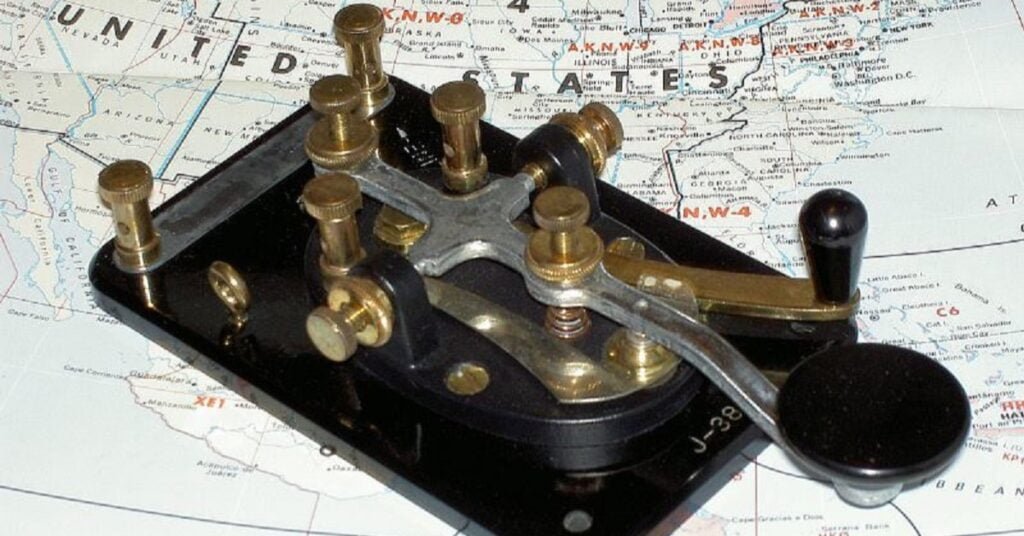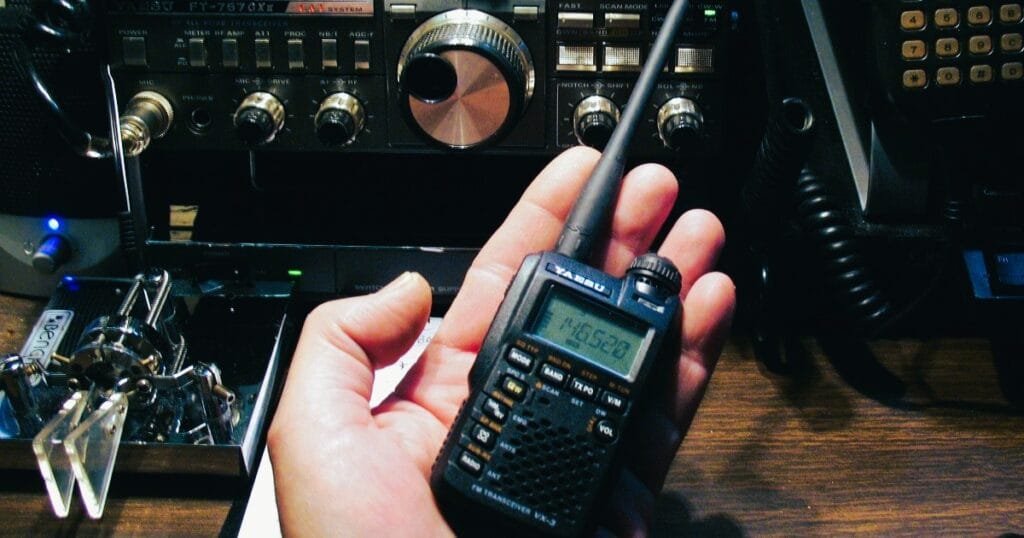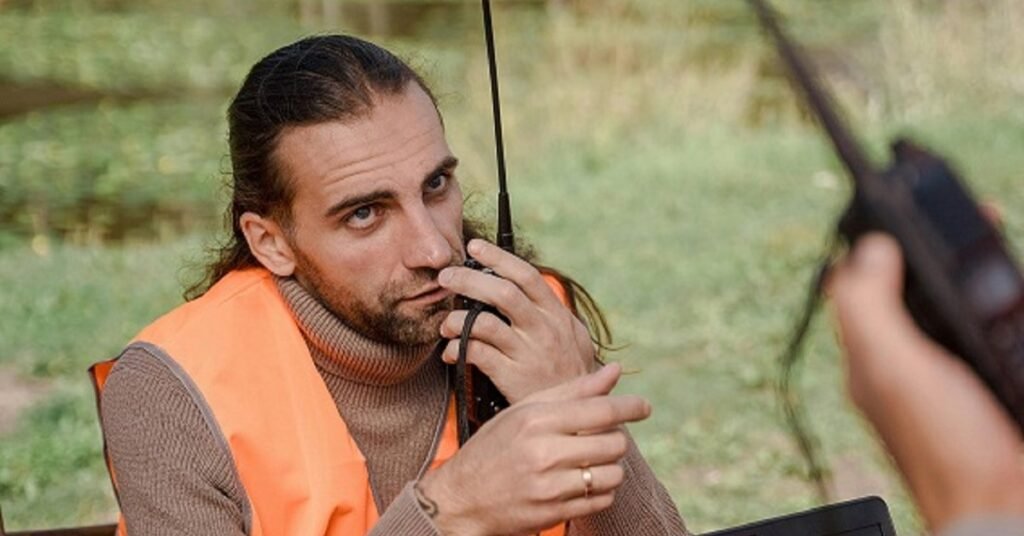Table of Contents
ToggleCracking the Ham Code: A Newbie's Guide to Ham Radio Lingo
Greetings potential ham radio operators! Newbie or not sure if amateur radio is for you? Hold your horses on the smoked pork, and frankly any of that high in fat stuff. We hams or you can say ham radio operators always like to communicate with other hams living overseas. Of course as any good club would have we do have our own secret codes — not quite so much of a secret to be honest, but pretty useful nonetheless! In this week’s post, we’ll explore the rarely considered yet absolutely essential world of ham radio codes and take a closer look at how they enable good communication between amateur radios. So before you move on As a precaution let ensure that you are prepared enough to sound (or talk) like one?
What’s the Deal with Ham Radio Codes?

Consider this scenario: you’re on the air, eager to connect with another ham, but the signal is weak. You must communicate effectively without yelling into your microphone like you’re asking for the last slice of pizza. Enter ham radio codes, your new best buddies. These are standardized shorthand codes that let you communicate complicated information quickly and effectively. Originally designed for commercial and military use, these codes have been adopted by the amateur radio community to enable seamless and successful communication.
The Q-codes, which were originally designed for Morse code transmission, are one of the best-known sets of amateur radio codes. Today, hams continue to utilize these codes to communicate more quickly, clearly, and globally. Learning them is more than simply mastering jargon; it’s about joining a worldwide community of radio fans who speak the same language across the airwaves.
Keep in mind that ham radio codes are ham calling codes, and a ham call sign is the personal identification sign of a ham operator. Don’t mix up these two. Not familiar with the term “ham call sign”? Click here to learn more about the history and importance of call signs.
Why Should You Bother Learning Ham Radio Codes?
“What does it mean to know these codes, and why is it that knowing them is essential to good communication? Can’t we just speak normally?” is a query that may come to mind when you think about it. Yes, you could, but where’s the joy in that? Furthermore, there are several legitimate reasons to get familiar with these codes:
Efficiency: When you’re in the thick of a loud transmission, these codes might save you a lot of time. Instead of expressing “I’m experiencing some interference from other signals,” simply say “QRM.” Quick, correct?
Clarity: Signals in radio might become jumbled. These codes break through the noise (literally) and guarantee your message is heard loud and clear.
Universality: Whether you’re communicating with a ham down the block or across the ocean, ham radio codes are universally recognized. It is like working under an international secret society where everyone talks in the same code of language from different places.
The Q-Codes of Ham World: Codes 101

Now that you’re captivated by ham radio codes, let’s look at some Q-codes, the most commonly used shorthand in amateur radio communication. These codes are basic, yet they address a wide range of radio communication circumstances. Here are some essential ones that any newcomer should know:
QTH: This is all about location. If someone asks, “What’s your QTH?” In simple terms, they’re querying your location. You may say, “QTH is Denver,” and you’ve just nailed your first Q-code!
QRM: Are you getting interference from other signals? Say “QRM” instead of going into depth. It is efficient and well understood.
QRZ: If you happen to hear someone speaking and cannot identify their call sign, simply respond with ‘QRZ?’ to inquire who is calling.. It’s the ham radio version of “Who was that?”.
QSL: Acknowledgment is essential in radio transmission. If someone says anything and you understand it, answer with “QSL.” It’s like saying, “Roger that!”.
QRV: Ready to communicate? Then you are “QRV.” This code indicates that you are ready to send or receive.
Each of these Q-codes makes communication easier and allows you to sound like an expert ham in no time. Despite their origins in Morse, these codes have developed into spoken shorthand and are still used in current amateur radio communications.
Beyond the Q-Codes: Other Handy Shorthands
Q-codes are just the tip of the iceberg. There are other shorthand codes that you might come across:
RST System: This is used to rate the readability, strength, and tone of a signal. For instance, if you give someone an RST of “599,” you’re saying their signal is perfectly readable, strong, and clear as a bell.
10 Codes: While these are more commonly associated with CB radio, some hams use them too. If someone says over the radio, “10-4” it means “I understand and copied.”
Putting It All Together: A Ham Radio Conversation
Let’s see with a simple conversation how these ham radio codes work in real life.
- Ham Radio Operator A: “CQ CQ CQ, this is W1ABC and standing by.”
- You: “W1ABC, this is K4XYZ, QSL?”
- Ham Radio Operator A: “K4XYZ, W1ABC, QSL. My QTH is Miami. How copy?”
- You: “W1ABC, K4XYZ. QSL. Your signal is 599. My QTH is Boston. Over.”
And just like that, you’re communicating like a seasoned ham!
Tips for Mastering Ham Codes
- Practice Makes Perfect: The more you use these codes, the more natural they’ll feel. Start incorporating them into your practice sessions.
- Keep Learning: The world of ham radio is ever-evolving. Stay updated on the latest codes and best practices by joining ham communities and forums.
- Listen and Observe: Spend some time just listening to experienced operators. You’ll pick up a lot on how they use codes and handle communications.
Final Thought
Ham calling codes are more than just jargon—they’re the key to smooth, efficient, and fun communication in the ham radio world. By mastering these codes, you’ll not only improve your own operating skills but also feel more connected to the global ham community. So, don’t shy away from using them. The next time you are on the air give those Q-codes a try and see how they bring some more meaning to your ham chats.
To check more tips, tricks and knowledge about the ham radio world follow Talkietrail.com. After all, aren’t the airwaves more fun when you know what’s about to come through your speakers!? Happy hamming!


